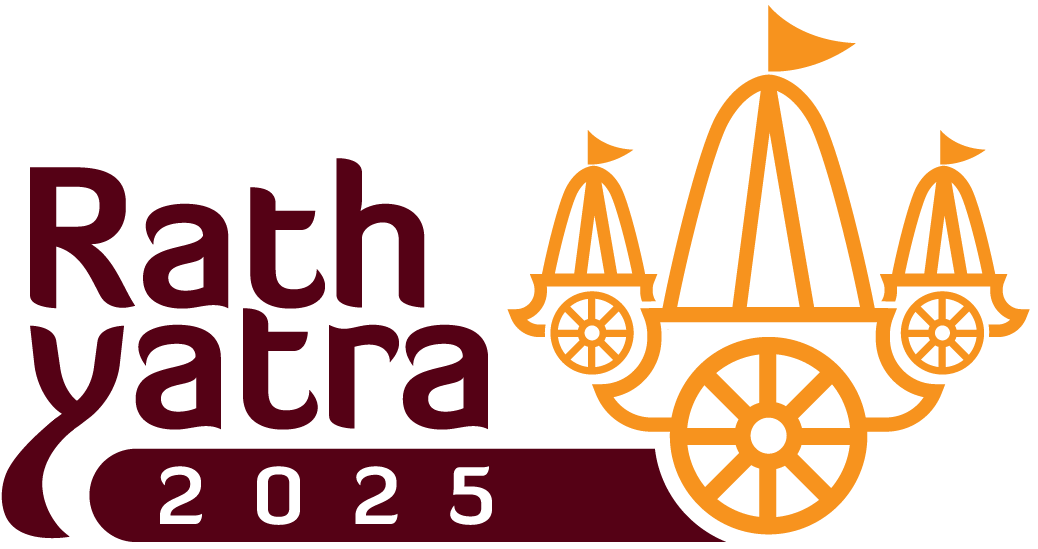
Adani @ Rath Yatra
Sacred Nourishment, Sustainable Spirit: Adani Group’s Devotional Meals Honour Lord Jagannath and the Earth
 As the majestic chariots of Lord Jagannath, Lord Balabhadra, and Devi
Subhadra rolled through the sacred streets of Puri on 27 June, the ancient
coastal town witnessed not just a spiritual spectacle, but a silent
revolution in service. A parallel journey of compassion, community, and
climate consciousness was quietly unfolding—anchored by Gautam
Adani’s enduring belief that “Seva hi Sadhana hai” (Service is
Worship).
As the majestic chariots of Lord Jagannath, Lord Balabhadra, and Devi
Subhadra rolled through the sacred streets of Puri on 27 June, the ancient
coastal town witnessed not just a spiritual spectacle, but a silent
revolution in service. A parallel journey of compassion, community, and
climate consciousness was quietly unfolding—anchored by Gautam
Adani’s enduring belief that “Seva hi Sadhana hai” (Service is
Worship).
At the heart of this initiative was a partnership between the Adani Group
and ISKCON (International Society for Krishna Consciousness). Over
the course of the nine-day Rath Yatra, they have pledged to serve more
than 4 million sattvic meals and fruit juices to lakhs of pilgrims, security
personnel, and volunteers. The effort is monumental in scale—but what
makes it truly transformative is its unwavering commitment to
sustainability and sanctity.
Every meal is meticulously planned to offer up to 900 calories, over 20
grams of protein, and a wholesome blend of rice, dalma, tomato chutney,
and gulab jamun—nourishing not only the body but the soul. Fresh fruit
juices, too, are being served—a thoughtful inclusion that replenishes
pilgrims and combats the Odisha summer’s relentless heat. But beyond
the nutrients, this effort feeds something deeper: the spirit of collective
care.
A standout aspect of this seva is its climate-conscious design. In a
groundbreaking move for an Indian religious gathering of this size, the
Adani Group has eliminated all single-use plastic and thermocol from
the food distribution chain. Meals are served on biodegradable paper
plates, and segregated waste is collected at scores of locations, with
plans underway to convert the biodegradable portions into compost.
“This is not just food—it’s a sacred offering,” said an Adani Group
volunteer. “And the Earth is part of that offering. To serve the divine is
to serve the planet.”
From spotless, high-volume ISKCON kitchens to the final serving
counter, volunteers in aprons and gloves embody the ethos of seva.
Some have travelled from across India, driven by a deep sense of
devotion and purpose. Their efforts are tireless and heartfelt—an act of
faith expressed through action. Working in synchrony, these volunteers
are serving not only the lakhs of devotees but also the guardians of the
yatra—members of the Odisha Police and other security personnel, all of
whom partook in the sanctified meals.
What began as a food distribution programme has evolved into a
template for eco-conscious celebration—where nutritional value meets
spiritual intent, and faith embraces environmental stewardship. The
integration of clean kitchens, zero-plastic logistics, energy-efficient
preparation, and waste minimisation has been applauded by
environmental experts and civic leaders as a model to emulate.
As the divine chariots return to their sanctum on 5 July, what remains is
not just the afterglow of festivity—but the deep imprint of seva. Seva
that nourished not only lakhs of stomachs but countless hearts. Seva that
honoured tradition while safeguarding tomorrow. Seva that was quietly
powerful, relentlessly compassionate, and rooted in vision. Seva that was
not just done—but a lived experience.
This Rath Yatra, under Gautam Adani’s vision, has shown that true
devotion lies not only in ritual, but in responsibility—to the people, to
the planet, and to the sacred bonds that unite both.